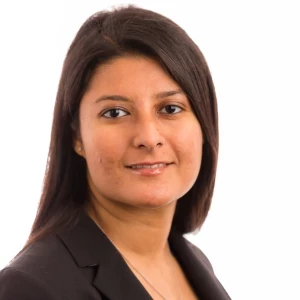Hi,
Having done plenty of preparation on preplounge, I am still unsure how to take notes during the case. Apparently, interviewers take your notes after the interview and use them as part of the assessment. Hence, I want to master this skill.
The approach I've heard of is using 1 piece of paper for 'clean' work, such as writing down the hypothesis, the issue tree etc. and another one for 'dirty' work, e.g. to do computations. However, there are plenty of other questions left unanswered:
1. How do you take notes on the initial problem? Write down only numbers and keywords? Should you take those notes on the 'clean' paper as the way I do it now looks a bit messy, very brief and might not make sense to the interviewer?
2. Do you write down your entire hypothesis on paper?
3. Should I draw the entire issue tree before I start talking? Or should I draw as much as I can (1-2 layers) within 1-2 minutes of silence and draw the rest as I go on with the discussion (to avoid an excessively long silence)?
4. For the brainstorming questions (interviewer-led cases), should I just write down all of my ideas on the 'clean' paper and put those ideas into categories verbally as I start my speech? Or should I rather take a few more seconds to think of broad categories, write them down and list a few ideas for each on the 'clean' paper?
5. Would you suggest to write down the conclusion on the piece of paper, i.e. the final recommendation and 1-3 reasons behind it? My current approach is that I just take a few seconds to summarise everything in my head and talk through the conclusion without writing anything on paper.
6. Finally, what exactly do you think should be written on the 'clean' and 'dirty' papers?
I would also be grateful if you could share any sources demonstrating notetaking during the actual case. Apologies if some questions have been answered on the Q&A forum; I was unable to find relevant answers while going through the forum.
Thank you
















